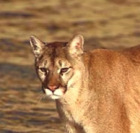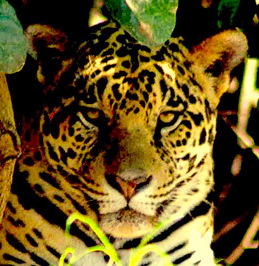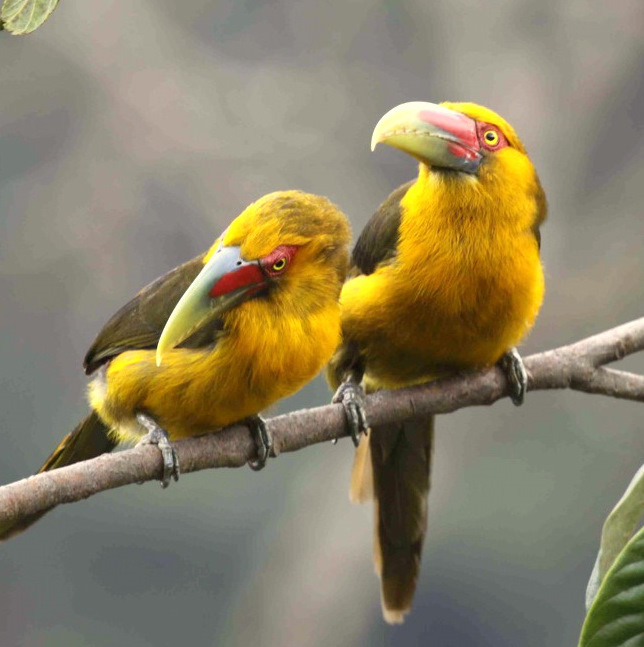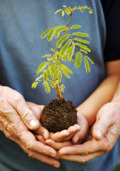SANTIAGO AND SURROUNDING REGIONS: The High Andes to the Ocean
Nearly 70% of Chile's 13.6 million people live in the capital city of Santiago and other cities in surrounding heartland. Coastal cities such as Viña del Mar are reminiscent of smaller coastal cities on the California coast. West of Santiago are some of the most impressive mountains and views in the Andean range. In the summer time these mountains are nearly abandoned, while they support a bustling ski industry in the Austral winter. The world ski record for speed was established at the Portillo resort. Another resort high above Santiago is so close that with a pair of back-country skis one could ski from there to the city in a day or so, and it would almost all be downhill! The Termas de Cauquenes hot springs spa situated in a forest in the foothills is an excellent place to stay while exploring the surrounding wine country, not to mention for the special birds that can be found even on the hotel grounds. In surrounding regions, one can find the bizarre and unique parasitic Black-headed Duck, attractive Red-backed Hawk and others. A visit to the Burrowing Parrot Reserve is a necessity. Rare and endangered, this parrot digs extensive burrows for nesting and roosting. With its communal nature, long wings and tail, it looks more like a small macaw or large parakeet than a parrot. We are also likely to see the endemic Moustached Turca, a strange, open country tapaculo, the shy Chilean Tinamou, handsome Black-faced Ibis, local White-sided Hillstar, incredible Giant Hummingbird and many others.
One other thing of interest to birders is a pelagic trip from Chile's largest seaport -- the Valparaíso harbor. Just 10 miles out we hit the edge of the Humboldt current, and in the early morning the calm waters are used by a variety of pelagic birds looking for a morning meal. We could see birds ranging from Black-browed, Buller's and Salvin's Albatrosses to a number of petrels, diving-petrels, storm-petrels, shearwaters, and others. Closer to shore, we could find the Peruvian Booby, Peruvian Pelican, Guanay and the unusual Red-legged Cormorants and a number of gulls and terns. A boat trip here has the potential to be one of the most rewarding pelagic experiences you'll ever have.
The Los Cipreses Reserve is near the lovely resort setting of Termes de Cauquenes, with its popular hot water springs resort. The reserve is the stronghold of the widely hunted Burrowing Parrot. This colorful and interesting parrot actually digs deep into the ground for roosting and nesting purposes. It differs from other New World parrots also with its long, macaw-like tail and the fact that they are communal ground feeders which prefer grass seed. It is this seed eating behavior that leads farmers across Chile and Argentina to try to eliminate it, and it is increasingly hard to see outside this reserve.
We recommend 4 to 5 days in the region before heading south.









